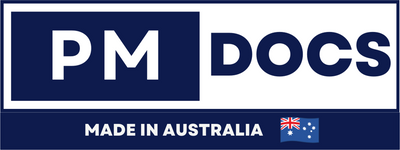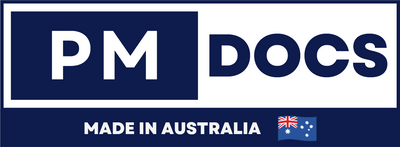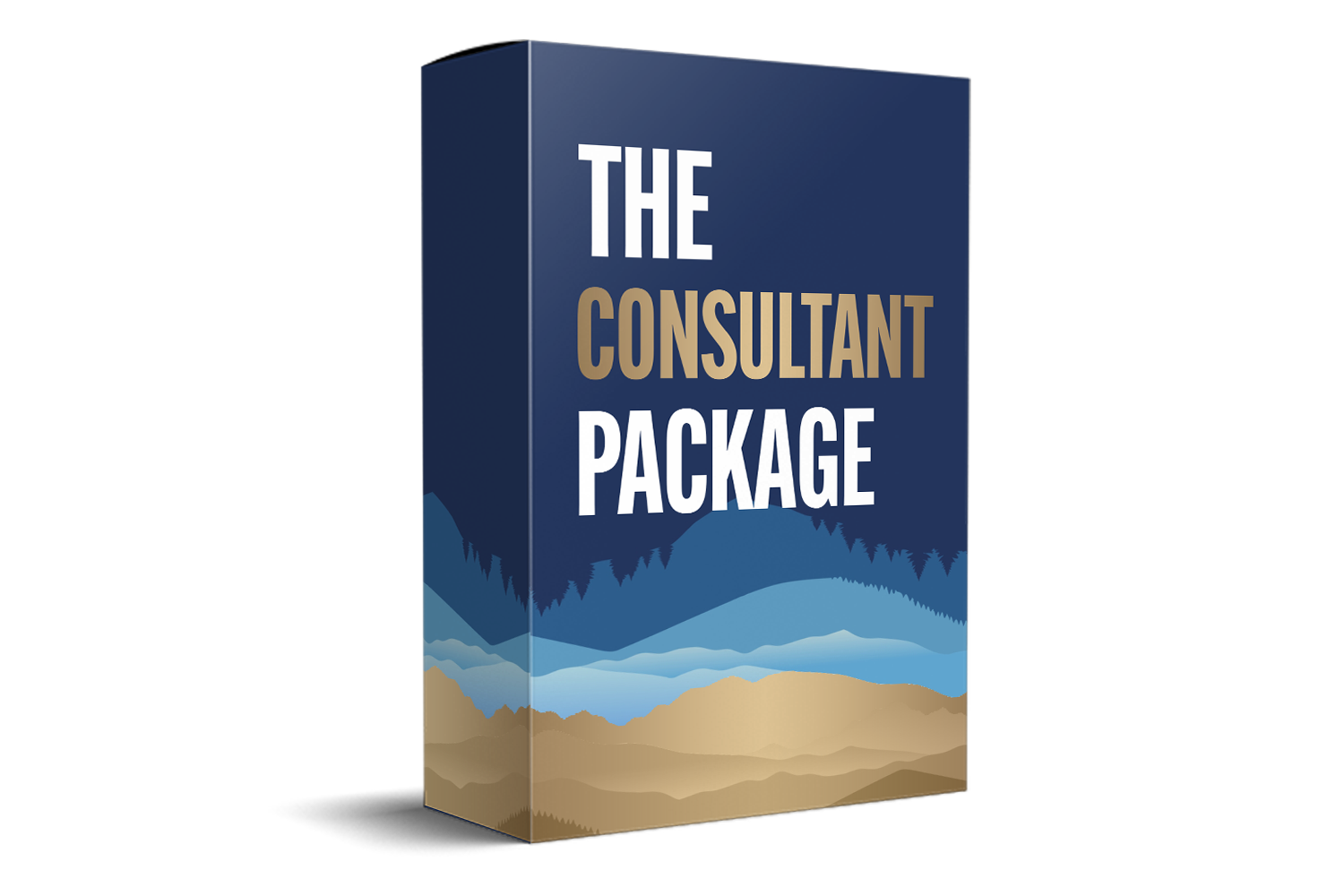How To Effectively Conduct A Management Review After An Internal Audit
Introduction
Conducting a management review after an internal audit is a crucial step in ensuring that your organization remains compliant, efficient, and on track towards its strategic goals. While internal audits assess various aspects of your operations, a management review helps interpret these findings and strategize on improvements. In this article, we'll walk you through the steps to conduct an effective management review after an internal audit, ensuring you leverage the audit's insights to enhance your organizational performance.

Understanding the Internal Audit Process
Before diving into the management review, it's important to understand the internal audit process itself. An internal audit is a systematic evaluation of an organization's processes, controls, and systems. It aims to identify areas of risk, inefficiency, or non-compliance with regulations or standards.
Key Components Of An Internal Audit
-
Planning: Establishing the audit scope and objectives.
-
Execution: Gathering data and evidence through interviews, observations, and document reviews.
-
Reporting: Documenting the findings, conclusions, and recommendations.
-
Follow-Up: Ensuring that corrective actions are implemented.
Understanding these components helps you better appreciate the context and findings presented during the management review.
The Importance Of A Management Review After Internal Audit
A management review after an internal audit serves several purposes:
-
Aligning Strategic Goals: Ensures that the audit findings are aligned with the organization's strategic objectives.
-
Prioritizing Actions: Helps prioritize corrective actions based on risk and impact.
-
Resource Allocation: Guides decisions on resource allocation for implementing recommendations.
-
Continuous Improvement: Establishes a culture of continuous improvement by addressing weaknesses and enhancing strengths.
Steps To Conduct A Management Review
Conducting a management review can be broken down into several key steps:
Step 1: Gather Relevant Stakeholders
A management review should involve key stakeholders who can provide valuable insights and make informed decisions. This typically includes:
-
Senior management
-
Heads of departments
-
Internal audit team
-
Risk management personnel
Step 2: Review the Audit Report
Begin the review by carefully examining the internal audit report. Pay attention to:
-
Findings: Identify significant issues and patterns.
-
Recommendations: Understand the suggested actions and their rationale.
-
Root Causes: Explore the underlying causes of identified issues.
-
Risks: Assess the risks associated with the findings.
Step 3: Develop a Management Review Checklist
A management review checklist helps ensure that all critical areas are covered during the review. Your checklist may include:
-
Alignment of audit findings with strategic goals
-
Evaluation of the adequacy of current controls
-
Prioritization of recommended actions
-
Assessment of available resources
-
Monitoring and follow-up mechanisms
Step 4: Discuss and Prioritize Actions
During the review meeting, discuss the audit findings and recommendations with all stakeholders. Prioritize actions based on:
-
Risk Level: High-risk areas should be addressed first.
-
Impact on Operations: Consider how each action will affect daily operations.
-
Resource Availability: Ensure there are sufficient resources to implement changes.
Step 5: Assign Responsibilities and Set Deadlines
Clearly assign responsibilities for each action item and set realistic deadlines. Ensure that everyone understands their role in implementing the corrective actions.
Step 6: Document the Management Review
It's important to document the discussions, decisions, and action plans from the management review. This documentation serves as a reference for future reviews and can be used to track progress.
Step 7: Monitor Progress
Establish a system for monitoring the progress of the action items. Regularly check in with responsible parties to ensure that deadlines are met and obstacles are addressed.
Challenges In Conducting A Management Review
While conducting a management review is essential, it can present certain challenges:
-
Resistance to Change: Employees may resist changes suggested by the audit.
-
Resource Constraints: Limited resources may hinder the implementation of recommendations.
-
Communication Gaps: Miscommunication can lead to misunderstandings about audit findings or action plans.
Addressing these challenges requires strong leadership, clear communication, and a commitment to continuous improvement.
Best Practices For A Successful Management Review
To maximize the effectiveness of your management review, consider these best practices:
-
Involve the Right People: Ensure that all relevant stakeholders are involved in the review process.
-
Focus on Strategic Alignment: Align audit findings with organizational goals to drive meaningful change.
-
Foster a Culture of Improvement: Encourage a proactive approach to addressing issues and making improvements.
-
Use Technology: Leverage technology to streamline the review process and monitor progress effectively.
Conclusion
A management review after an internal audit is a vital step in the journey towards organizational excellence. By understanding the internal audit process, gathering the right stakeholders, and following a structured approach, you can turn audit insights into actionable strategies for improvement. By doing so, your organization will not only address current challenges but also foster a culture of continuous improvement and strategic alignment.




